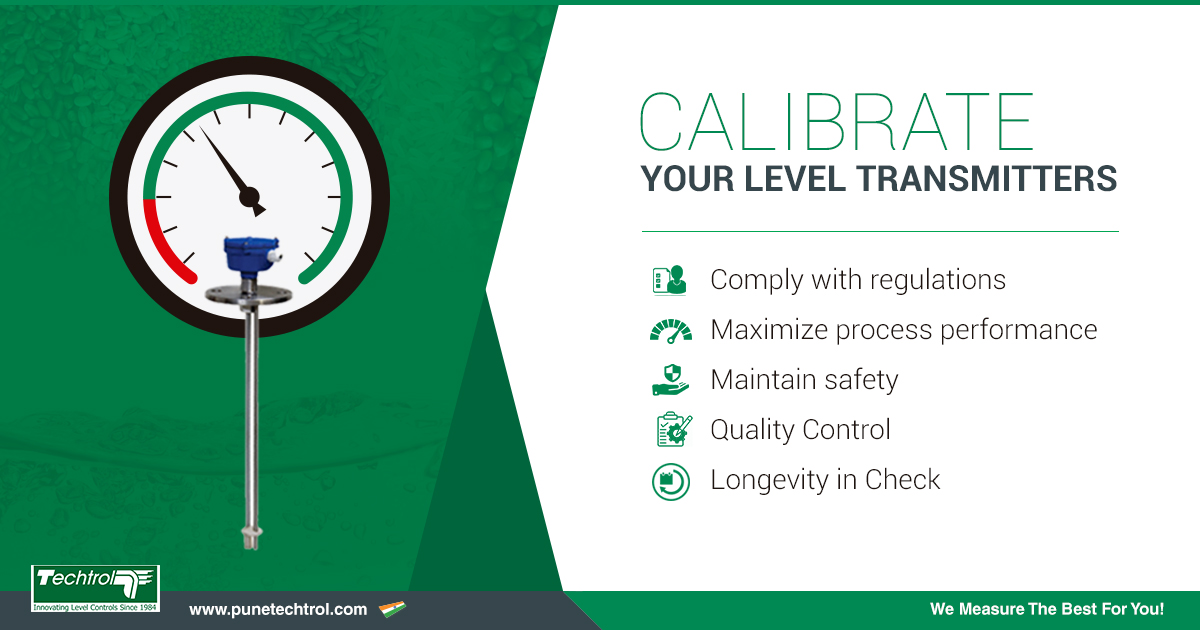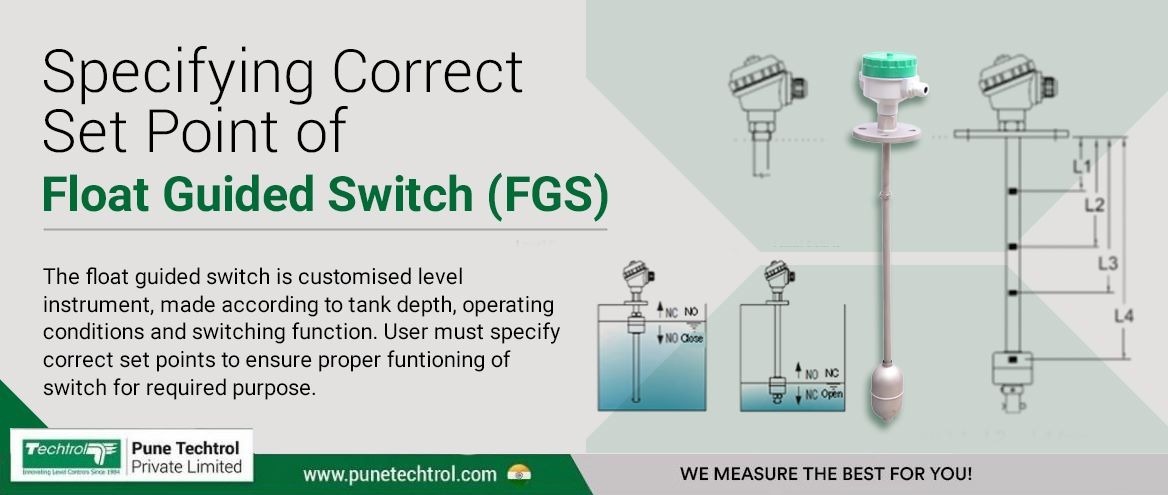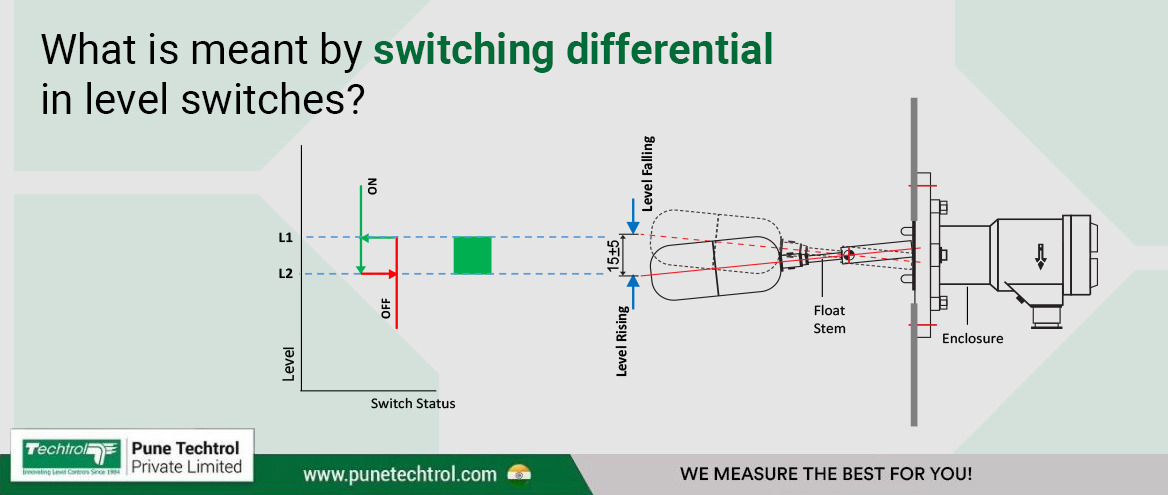HOW OFTEN DO YOU CALIBRATE YOUR LEVEL TRANSMITTERS?
Level measurement in India is growing rapidly with the introduction of Industry 4.0. It plays an important role in implementing IIOT and automation on the shop floor.
Level Measuring Transmitter is a device providing continuous level measurement. A very common and practical application of the transmitter is to measure anything in bulk–liquid or solid– used for process control.
Different level transmitters have different working principle. In this article, we are going to touch base with a few of their types and look into the detailed reason behind calibrating them.
Types of Level Transmitters
Using in a myriad of applications that requires measurements of levels within containers or tanks, Level Measurement Transmitter always comes handy.
These Level transmitters are applicable in many industries such as water treatment industries, power chemicals, food & beverage, and material handling. It can be useful in various different types of processes.
There are main types of level transmitters. Pune Techtrol Pvt. Ltd provides a wide range of different types of level transmitters including radar, ultrasonic and guided microwave.
1. Capacitance Level Transmitters:
Capacitance Level Transmitters is comes with a dielectric medium between two or more electrodes stored in a tank or container.
Capacitance level transmitters can calculate the current-fill level of the tank or container.
2. Hydrostatic Level Transmitter
Hydrostatic Level Transmitters that determine fluid contents of a container by measuring the presence of a resting body of the fluid within it. Also known as pressure level transmitters.
3. Magnetic Level Transmitters
Magnetic Level Transmitters that are suspended in a buoyant float, usually in a narrow auxiliary column. These use magnetic objects as transmitters and help in measurement owing to the tendency to float or sink on the liquid level.
4. Ultrasonic Level Transmitters
Ultrasonic Level Transmitters with ultrasonic transducers mounted at the top or near the top of a container. They enable the transducer to send an ultrasonic pulse and get reflected upon getting hit. The sensor calculates the level based on the time between transmitted and received the reflected signal.
Recommended: Ultrasonic Transmitter For Level Measurement In Tanks/ Reservoirs/ Canals
Why to Calibrate Level Transmitters?
1. Comply with regulations
In areas where instrument accuracy is critical to product quality or safety, calibration is done in every six months – or even more frequently – is advised. In such industries, rigid calibration schedules are necessary in order to maintain compliance.
The purpose of the calibration itself is to determine how accurate an instrument or sensor is. Although most instruments are very accurate, regulatory bodies often need to know just how inaccurate a particular instrument is and whether it drifts in and out of specified tolerance over time.
A small human error or a glitch in an instrument may lead to total failure of the machine leading to considerable losses. Hence, to maintain the equilibrium one needs to constantly keep the check.
2. Maximize process performance
Maintaining the quality and accuracy of measurement should always be kept under check with instrument calibration.
With a rise of any discrepancy, the instrument is configured to provide results that lie within the acceptable precision, accuracy, and repeatability range.
Instrument Calibration ensures performance without compromising high accuracy and final quality of the product.
3. Maintain safety
The most important reason to calibrate is to ensure safety and that covers the responsibilities of the employer, employee, and regulatory agencies.
The importance of maintaining calibration and proper record keeping describes the use of common electrical and electronic test instruments. As a matter of fact, methods of safety calibration can be found online as well.
4. Quality Control
As components age and equipment undergo changes in temperature or sustain mechanical stress, their critical performance gradually degrades. This is called drift.
When this happens, test results or measurements become unreliable. While we cannot eliminate drift, we can detect and contain it through the process of calibration.
Calibration is simply the comparison of instrument performance to a standard of known precision.
However, one must keep in mind that calibration is not a warranty or statement of how long an instrument will last or operate.
Calibration is purely an indication that the instrument was found to be performing within the specified specification at the time it was calibrated.
Although there have not been many reports documented on this topic, one can imagine the catastrophic effect of using a non-calibrated test device or safety instruments.
Lastly, your competitive edge depends on maintaining and continuously improving your plant efficiency. This can be accomplished through periodic calibration of your transmitters at fixed intervals.
Pune Techtrol at your Service:
Being leading level transmitter manufacturers, our qualified engineers and technicians are fully trained to handle all aspects of on-site instrument calibration based on your business requirements.
They can optimize your calibration intervals and identify potential improvements to help reduce calibration costs. This will ensure that your plant performs with maximum accuracy to improve your production without any temporary shutdowns.
Our on-site calibration services are supported with comprehensive and easy-to-interpret calibration certificates. Hence, optimize your calibration with us and look out for any uncalled-for incidents in your machines beforehand.



